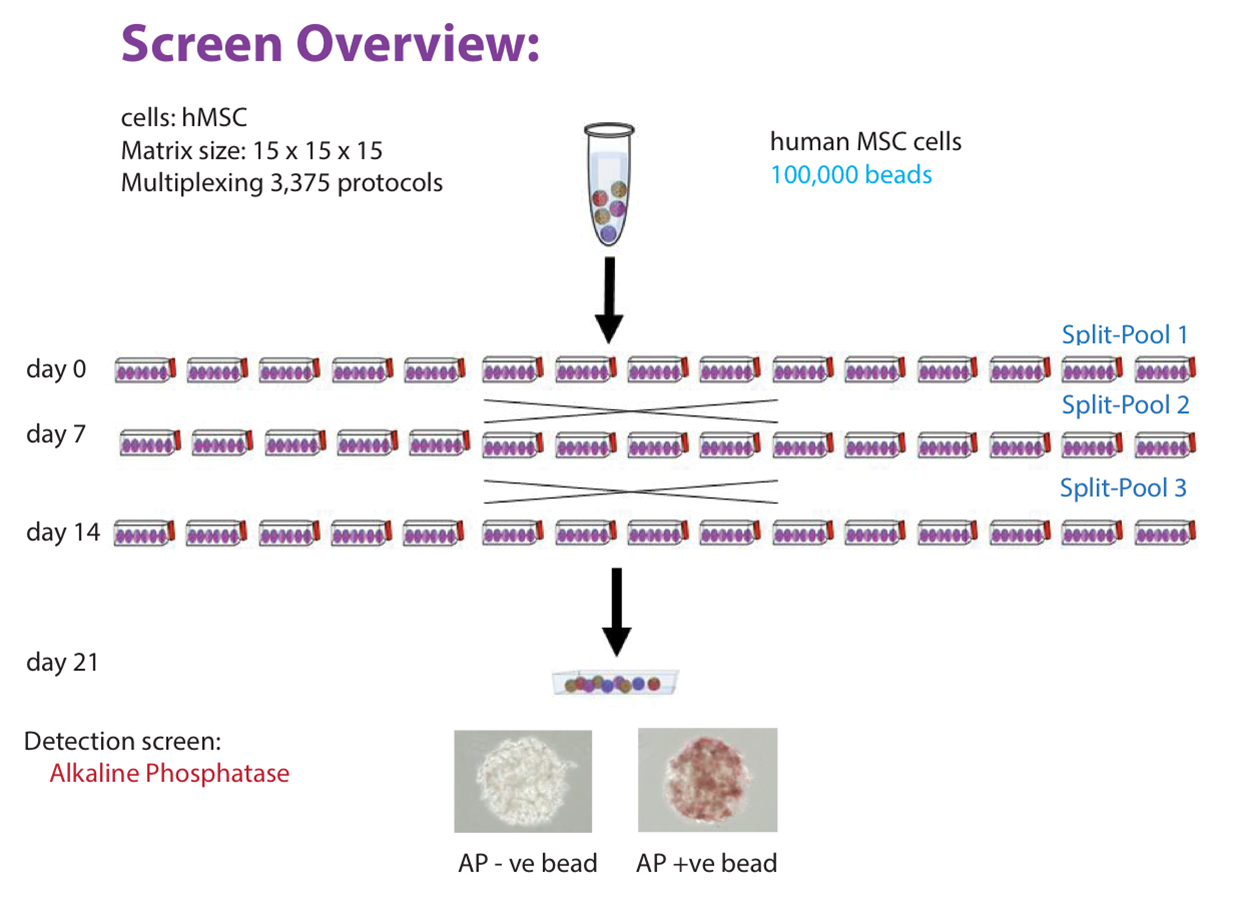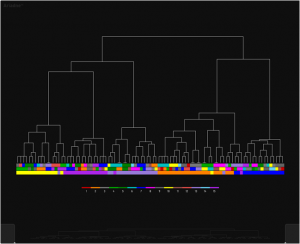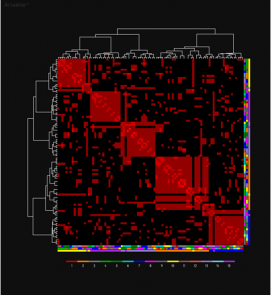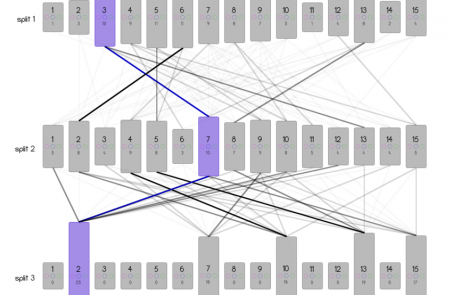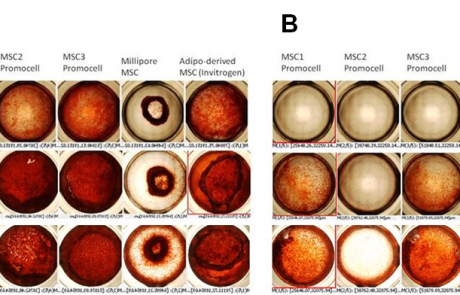Plasticell, the UK stem cell differentiation specialist has licensed EMD Millipore, the Life Science Division of Merck KGaA, to distribute a superior, single-application osteogenic medium discovered using the award winning, massively parallel combinatorial screening system, CombiCult®.
The osteogenic medium is serum- and xeno- free, more consistent and more potent than currently available formulations. Under the terms of the contract, EMD Millipore has secured a license to distribute the medium globally for research purposes with Plasticell retaining full rights over therapeutic applications.
Early adopters of the medium include Organovo, Inc., a leading San Diego biotech company developing tissue bioprinting applications. Dr. Eric Michael David MD JD, Chief Strategy Officer of Organovo, Inc. commented, “Organovo, Inc considers Plasticell’s CombiCult® bone differentiation media to be a significant leap forward in helping to create 3D bone tissue for a multiple variety of research and transplant applications. Brief incubation of 3D tissue constructs generated with Organovo’s NovoGen MMX Bioprinter™ in Plasticell’s CombiCult® bone differentiation media produces tissue of impressive osteogenic potential, including key bone-specific and mineralization markers. We found we could rapidly fabricate functional, fully human tissue derived from MSCs and the ECM proteins they produce. Plasticell’s media enabled a remarkable efficiency in tissue fabrication and maturation, and we look forward to continuing to work with Plasticell’s technology to generate additional bioprinted 3D tissues from well-characterized, renewable, quality cell sources such as MSCs.”
The optimized osteogenic medium was developed using CombiCult® to perform a rapid screen of 3,375 combinations of fully defined cell culture media, equivalent to hundreds of thousands of combinations of media components (see Figures 1 & 2). “The formulation of this medium in under 3 months from start to finish is a clear demonstration of the capability of the CombiCult® technology to deliver market-leading products in record time,” said Dr Jey Jeyakumar, the Principal Scientist who performed the factor screen and optimized the media formulation.
In contrast to all currently available osteogenic media, Plasticell’s formulation is fully defined (serum–free) and contains no xenogeneic components. Moreover, mineralisation can be detected in less than one week, whereas competing products that contain serum require approximately 21 days to attain similar levels of bone formation (see Figure 3).
Plasticell’s unique medium will be available for research purposes from EMD Millipore in Q3 2012 and buy modafinil whirlpool available now for commercial applications directly from Plasticell. For any queries regarding the medium, CombiCult® or how Plasticell can help you with your stem cell research, please contact Lilian Hook, Director of Research, on +44 203 384 8806 or lilian@plasticell.co.uk.
For media enquiries, please contact Tristan Jervis or Alex Heeley on: +44 (0) 207 861 3019 or e-mail: t.jervis@defacto.com.
Figure 1
Figure 1: CombiCult® Screen Overview. hMSCs were seeded onto 100,000 PTC5000 beads and subject to a 15 x 15 x 15 CombiCult® matrix which multiplexed 3,375 protocols. Alkaline Phosphatase was used as a readout assay.
Figure 2
Figure 2: Sample screen shots showing Ariadne®’s visualisation and analysis capability from Combicult®. Top left: Dendrogram showing that all protocols belong to 2 major families of protocols. Top right: Heat map, comparing protocols with each other showing similarities. Bottom: Visual representation of the protocols overlayed with the original screen. We can immediately see the best protocols and which conditions were occurred more frequently in the differentiation.
Figure 3
Figure 3: Differentiation of multiple MSC cell lines (derived from bone marrow or adipose tissue) using (A) Plasticell Osteogenic kit; (B) Commercially available osteogenic kit. Differentiation was induced over 21 days in 48-well plate cultures of 5 different human MSC cell lines (Promocell, Millipore and Invitrogen). Alizarin Red staining of representative wells at day 7, 14 and 21 are shown. The presence of Alizarin Red staining demonstrates mineral deposition throughout the culture.

